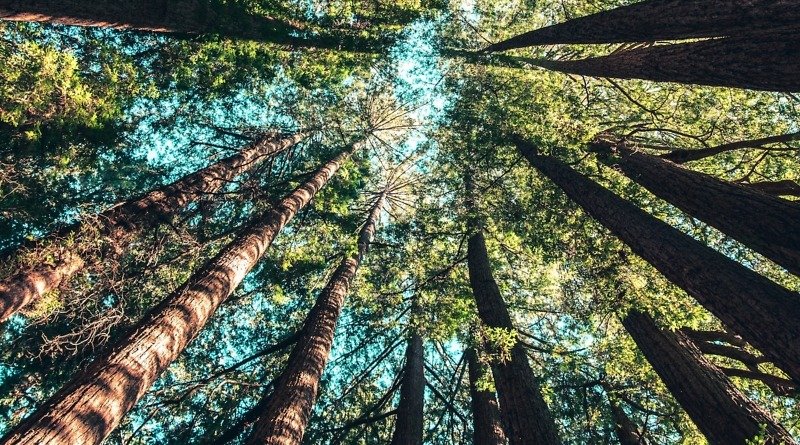Wetland Conservation: Benefits of Forex Trading for Nature
With the growing threats to our environment, wetland conservation is becoming an increasingly important issue for nature enthusiasts and other stakeholders. In this article, we will explore why wetland conservation is so important and what we can do to protect these valuable resources. We will discuss the threats to wetlands, the challenges of preserving them, and the measures we must take to protect them from further destruction. We will examine the tools available to both academics and non-governmental organizations that are working to conserve these invaluable resources, and how wetland conservation can benefit us all.
What is Wetland Conservation?
Wetland conservation is the protection and management of wetlands through scientific research, legislation, policy, and regulation. Wetlands are areas of land that are saturated with water, either permanently or seasonally, and are home to many species of animals, plants, and aquatic life. Wetland conservation seeks to reduce a backdrop of damaging activity, such as pollution, over cultivation, construction, and urbanization, that can reduce wetlands and the biodiversity they contain. Wetlands also act as invaluable ecological filters, slowly purifying water sources, stabilizing shorelines, and controlling floods.
Wetland Conservation Act – Overview
The Wetlands Conservation Act (WCA) was created in 1985 as a measure to protect wetlands found in the United States. The WCA was designed to promote wetlands protection and conservation efforts on both public and private lands. WCA sets forth criteria for determining what is a “wetland” and is supported by other laws, such as the Clean Water Act, which sets water quality standards for wetlands. The US Government has also established the National Wetland Inventory which, when combined with the WCA and other state and federal statutory requirements, provides a comprehensive approach to protecting wetlands nationally.
Wetland Conservation Rating Systems
Developed to help decision-makers determine wetland conservation standards, these rating systems provide an assessment of the natural value of wetlands and their benefit to the ecosystem. Each system ranks three categories: wetland vegetation, hydrology, and soil. Other factors to consider include the contribution of wetlands to the surrounding landscape and any economic and environmental impacts associated with development. Wetland ratings usually have a maximum score of five, with higher scores indicating a higher level of conservation value. Wetland ratings are usually used in the WCA to develop wetland conservation plans that aim to combine local economic and environmental objectives.
Wetland conservation plans are often implemented by government organizations, such as the US Fish and Wildlife Service or state departments of environmental protection. They help to ensure that all levels of government – federal, state, and local – have a unified process for protecting wetlands. Other programs, such as the Wetland Banks, provide additional incentives for protecting wetlands, such as providing tax credits for landowners who take steps to protect wetlands, or compensating them for the wetland mitigation services they provide.
The protection of our valuable wetlands should be a pressing priority for all of us. From their contribution to the global carbon cycle, to their importance as shelter and breeding ground for innumerable species of wildlife, wetlands are an essential resource that is too often overlooked. By taking steps to protect and conserve them, we can all be part of the effort to ensure that this vital ecosystem remains healthy for future generations.
